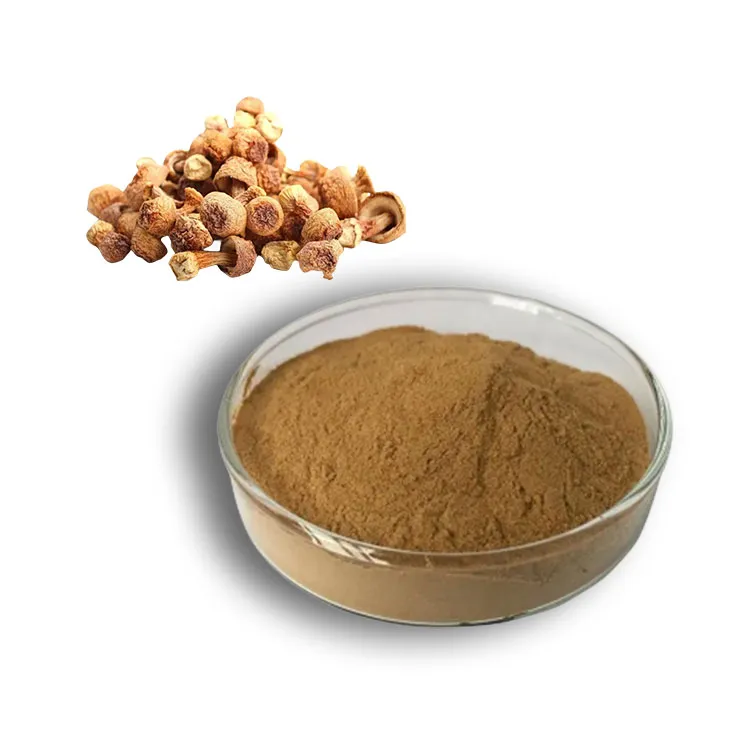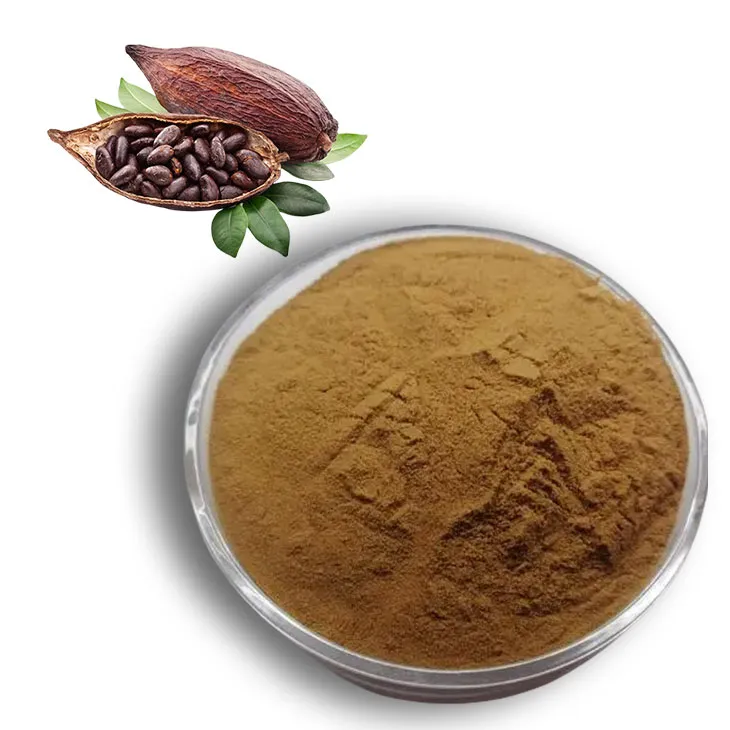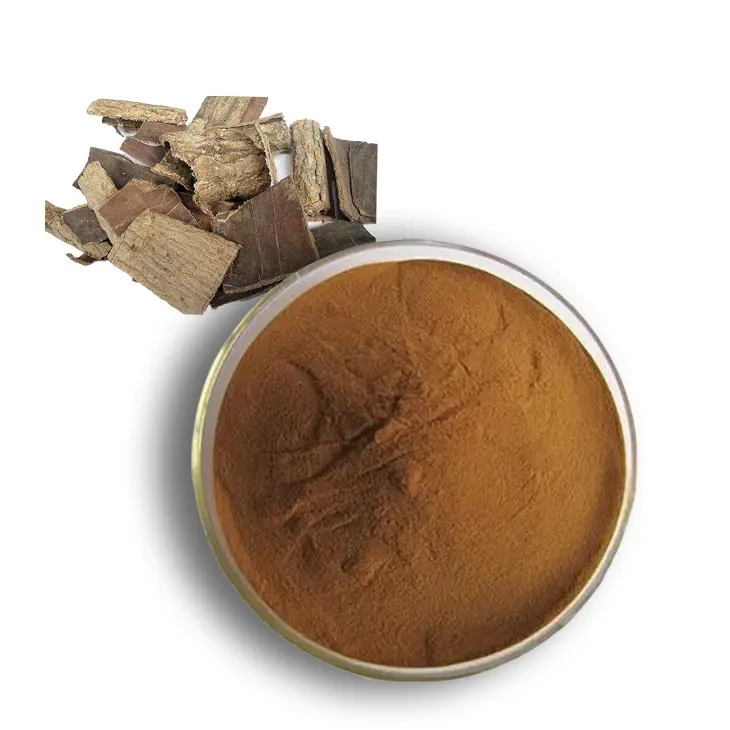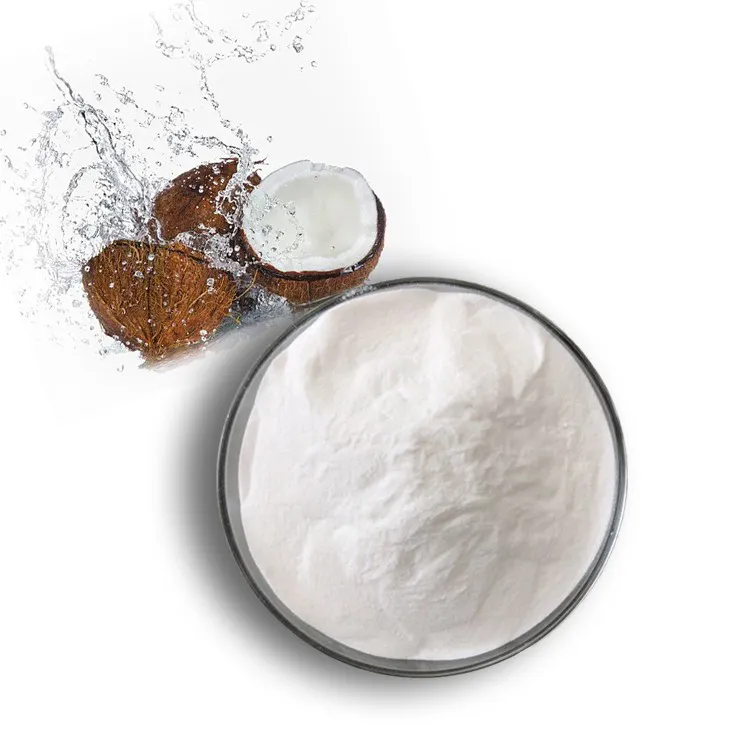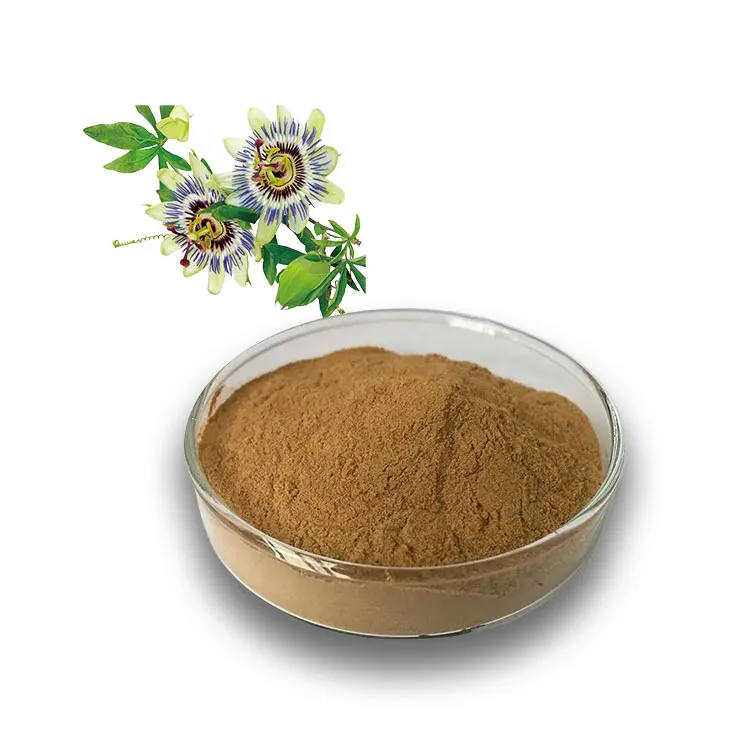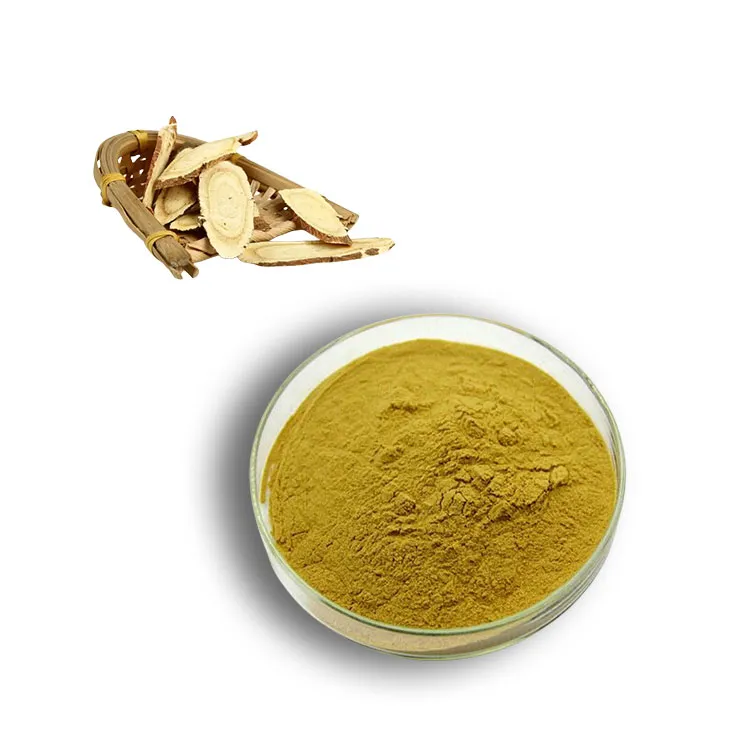- 0086-571-85302990
- sales@greenskybio.com
Crafting the Blueprint: Designing Efficient Solvent Extraction Plants
2024-07-07
1. Introduction
Solvent extraction is a crucial process in various industries, such as the chemical, pharmaceutical, and food sectors. Efficient solvent extraction plants are essential for maximizing productivity, ensuring product quality, and maintaining safety. This article delves into the key aspects of designing such plants, from the fundamental principles to the detailed design considerations.
2. Fundamental Principles of Solvent Extraction
2.1. Partition Coefficient
The partition coefficient, often denoted as K, is a fundamental concept in solvent extraction. It represents the ratio of the concentration of a solute in the extract phase to its concentration in the raffinate phase at equilibrium. A higher partition coefficient indicates that the solute has a greater affinity for the solvent, which is favorable for efficient extraction. For example, in the extraction of essential oils from plant materials, different solvents may have different partition coefficients for the various components of the oil.
2.2. Mass Transfer
Mass transfer is the process by which the solute is transferred from the feed phase (usually a solid or liquid mixture) to the solvent phase. This occurs due to the concentration gradient between the two phases. There are two main mechanisms of mass transfer: diffusion and convection. Diffusion is the movement of molecules from an area of high concentration to an area of low concentration, while convection involves the bulk movement of the fluid, which can enhance the mass transfer rate. In solvent extraction plants, optimizing mass transfer is crucial for achieving high extraction efficiencies.3. Design Considerations for Solvent Extraction Plants
3.1. Selection of Solvent
The choice of solvent is a critical design consideration. The solvent should have a high selectivity for the target solute, a favorable partition coefficient, and low toxicity. Additionally, it should be easily separable from the extract and the raffinate. For instance, in the extraction of caffeine from coffee beans, supercritical carbon dioxide is often used as a solvent because it can be easily removed from the final product by simply reducing the pressure, leaving behind pure caffeine.
3.2. Equipment Selection
- Mixers - Separators: These are essential components in solvent extraction plants. The mixer is responsible for creating intimate contact between the feed and the solvent, facilitating mass transfer. The separator, on the other hand, is used to separate the extract from the raffinate. There are various types of mixers - separators, such as mixer - settlers and centrifugal extractors. The choice depends on factors like the nature of the feed, the required throughput, and the physical properties of the solvent.
- Pumps: Pumps are required to transport the feed, solvent, extract, and raffinate throughout the plant. The type of pump selected should be suitable for the viscosity and corrosiveness of the fluids being pumped. For example, positive displacement pumps are often used for handling viscous solvents.
- Heat Exchangers: Heat exchangers may be necessary to control the temperature of the extraction process. This is important as temperature can significantly affect the partition coefficient and mass transfer rate. Plate - and - frame heat exchangers are commonly used in solvent extraction plants due to their high heat transfer efficiency.
3.3. Plant Layout
A well - planned plant layout is crucial for efficient operation. The layout should be designed to minimize the distance that fluids need to be pumped, reducing energy consumption. It should also ensure easy access for maintenance and operation. For example, the extraction units should be located close to the solvent storage tanks to minimize piping runs. Additionally, the layout should consider the separation of different process areas to prevent cross - contamination.4. Safety Measures in Plant Design
4.1. Solvent Handling
Solvents are often flammable, toxic, or both. Therefore, proper handling procedures must be incorporated into the plant design. This includes the use of sealed piping systems to prevent solvent leakage, and the installation of ventilation systems to remove any solvent vapors. For example, in a solvent extraction plant handling volatile organic solvents, a well - designed ventilation system can prevent the buildup of explosive vapor concentrations.
4.2. Fire and Explosion Protection
- Fireproofing: The plant should be equipped with fireproofing measures, such as fire - resistant coatings on equipment and structures. This can prevent the spread of fire in case of an ignition event.
- Explosion - Proof Equipment: Equipment such as motors, switches, and sensors should be explosion - proof. This is especially important in areas where solvents are present in high concentrations.
- Fire Suppression Systems: Installing fire suppression systems, such as sprinklers or gas - based suppression systems, can quickly extinguish fires and prevent them from spreading.
4.3. Operator Safety
Operator safety is of utmost importance. This includes providing appropriate personal protective equipment (PPE), such as safety glasses, gloves, and respirators. The plant should also be designed with safety in mind, such as providing safe access to equipment for maintenance and operation, and clearly marking hazardous areas.5. The Role of Automation in Enhancing Efficiency
5.1. Process Control
Automation allows for precise control of the extraction process. For example, sensors can be used to monitor the temperature, pressure, and concentration of the feed and solvent, and the data can be fed back to a control system. The control system can then adjust the process parameters, such as the flow rate of the solvent or the mixing time, to optimize the extraction efficiency.
5.2. Monitoring and Diagnosis
Automated monitoring systems can continuously monitor the performance of the plant. In case of any deviation from the normal operating conditions, the system can alert the operators and provide diagnostic information. This allows for quick troubleshooting and reduces downtime. For example, if a pump fails, the monitoring system can detect the change in flow rate and notify the maintenance team.
5.3. Inventory Management
Automation can also be used for inventory management. Sensors can be installed in the solvent storage tanks to monitor the level of the solvent. This data can be used to schedule solvent deliveries and prevent stockouts or overstocking.6. Relationship between Plant Design and Product Quality
6.1. Purity of the Extract
The design of the solvent extraction plant has a direct impact on the purity of the extract. A well - designed plant with efficient separation equipment can produce a high - purity extract. For example, in the extraction of pharmaceutical compounds, a high - purity extract is essential for ensuring the efficacy and safety of the final product.
6.2. Consistency of Product Quality
Consistent product quality is crucial for meeting customer requirements. A properly designed plant with accurate process control can ensure that the quality of the extract remains consistent over time. This is achieved by maintaining stable operating conditions, such as temperature, pressure, and solvent - to - feed ratio.
6.3. Minimization of Impurities
The plant design should also aim to minimize the introduction of impurities. This can be achieved through careful selection of materials for equipment construction, proper cleaning procedures, and effective separation of the extract from the raffinate. For example, using stainless steel equipment can reduce the risk of metal contamination in the extract.7. Conclusion
Designing efficient solvent extraction plants requires a comprehensive understanding of the fundamental principles of solvent extraction, as well as careful consideration of various design aspects. Safety measures must be incorporated into the design to protect both the operators and the plant. Automation plays a significant role in enhancing the efficiency of the plant, while the relationship between plant design and product quality cannot be overlooked. By carefully crafting the blueprint, it is possible to design solvent extraction plants that are efficient, safe, and capable of producing high - quality extracts.
FAQ:
What are the fundamental principles of solvent extraction?
The fundamental principles of solvent extraction involve the partitioning of a solute between two immiscible phases, typically an aqueous phase and an organic solvent phase. The solute has different solubilities in these two phases, and it will distribute itself according to the equilibrium established between the two phases. This distribution is described by the partition coefficient, which is a ratio of the solute's concentration in the organic phase to its concentration in the aqueous phase at equilibrium.
What are the key design considerations for solvent extraction plants?
Key design considerations for solvent extraction plants include the selection of appropriate solvents based on their properties such as selectivity, solubility, and chemical stability. The design must also account for the flow rates and volumes of the phases involved, ensuring efficient mixing and separation. Additionally, materials of construction need to be chosen to resist corrosion from the solvents and the substances being extracted. Adequate space for equipment installation, maintenance access, and safety features are also important aspects to consider.
How do safety measures play a role in the design of solvent extraction plants?
Safety measures are crucial in the design of solvent extraction plants. Firstly, the plant layout should be designed to minimize the risk of leaks and spills, with proper containment systems in place. Ventilation systems are necessary to prevent the buildup of flammable or toxic vapors. Fire protection measures, such as fire - resistant materials and fire suppression systems, are also essential. Additionally, safety interlocks should be installed on equipment to prevent dangerous operating conditions, and proper training and emergency response procedures should be developed for the plant operators.
What is the role of automation in solvent extraction plants?
Automation in solvent extraction plants can enhance efficiency in several ways. It can precisely control the flow rates of the solvent and the feed material, ensuring optimal extraction conditions. Automated systems can also monitor and adjust parameters such as temperature, pressure, and mixing intensity in real - time. This helps to maintain consistent product quality and reduces the variability caused by human error. Moreover, automation can improve safety by enabling remote monitoring and control, and by automatically shutting down the system in case of abnormal conditions.
How does plant design impact the quality of the extracted products?
Plant design has a significant impact on the quality of the extracted products. A well - designed plant with proper mixing and separation stages can ensure complete extraction of the desired solute, leading to a higher - purity product. The choice of solvent and the design of the extraction process can also affect the selectivity, reducing the contamination from unwanted substances. Additionally, factors such as temperature control and residence time in the extraction system, which are determined by the plant design, can influence the chemical stability and integrity of the extracted product.
Related literature
- Solvent Extraction Principles and Practice"
- "Design and Optimization of Solvent Extraction Processes"
- "Advanced Solvent Extraction Technologies for Industrial Applications"
- ▶ Hesperidin
- ▶ Citrus Bioflavonoids
- ▶ Plant Extract
- ▶ lycopene
- ▶ Diosmin
- ▶ Grape seed extract
- ▶ Sea buckthorn Juice Powder
- ▶ Fruit Juice Powder
- ▶ Hops Extract
- ▶ Artichoke Extract
- ▶ Mushroom extract
- ▶ Astaxanthin
- ▶ Green Tea Extract
- ▶ Curcumin
- ▶ Horse Chestnut Extract
- ▶ Other Product
- ▶ Boswellia Serrata Extract
- ▶ Resveratrol
- ▶ Marigold Extract
- ▶ Grape Leaf Extract
- ▶ New Product
- ▶ Aminolevulinic acid
- ▶ Cranberry Extract
- ▶ Red Yeast Rice
- ▶ Red Wine Extract
-
Agaricus Blazei Extract
2024-07-07
-
Cocoa Extract
2024-07-07
-
Eucommia Ulmoides Extract
2024-07-07
-
Coconut Water Powder
2024-07-07
-
Mulberry Extract
2024-07-07
-
Okra Extract
2024-07-07
-
Passionflower Extract
2024-07-07
-
Mulberry leaf Extract
2024-07-07
-
Tormentil Extract
2024-07-07
-
Licorice Root Extract Powder
2024-07-07











